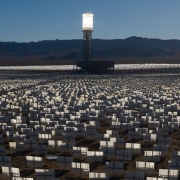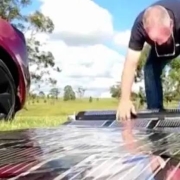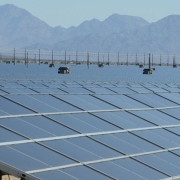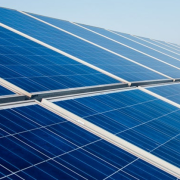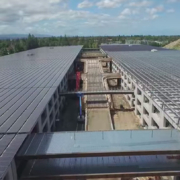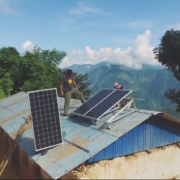When you think of solar energy, you probably picture the photovoltaic panels that capture sunlight to be converted to electricity. But there are other ways to harness the sun’s power. One method attracting growing interest is called concentrated solar-thermal power, or CSP, which uses mirrors to reflect and concentrate the sun’s energy.
CSP has been held back by technical challenges and a shortage of funding and government incentives compared with other sources of renewable energy. But as the sense of urgency about replacing fossil fuels continues to grow, spurring demand for carbon-free energy, a number of increasingly well-funded entities are trying to improve the technology. Proponents say the heat that CSP systems produce and their storage capacity offer advantages over other renewables for generating grid-scale electricity and fueling various industrial processes.
Click here to read the full article
Source: The Wall Street Journal
—
If you have any questions or thoughts about the topic, feel free to contact us here or leave a comment below.

